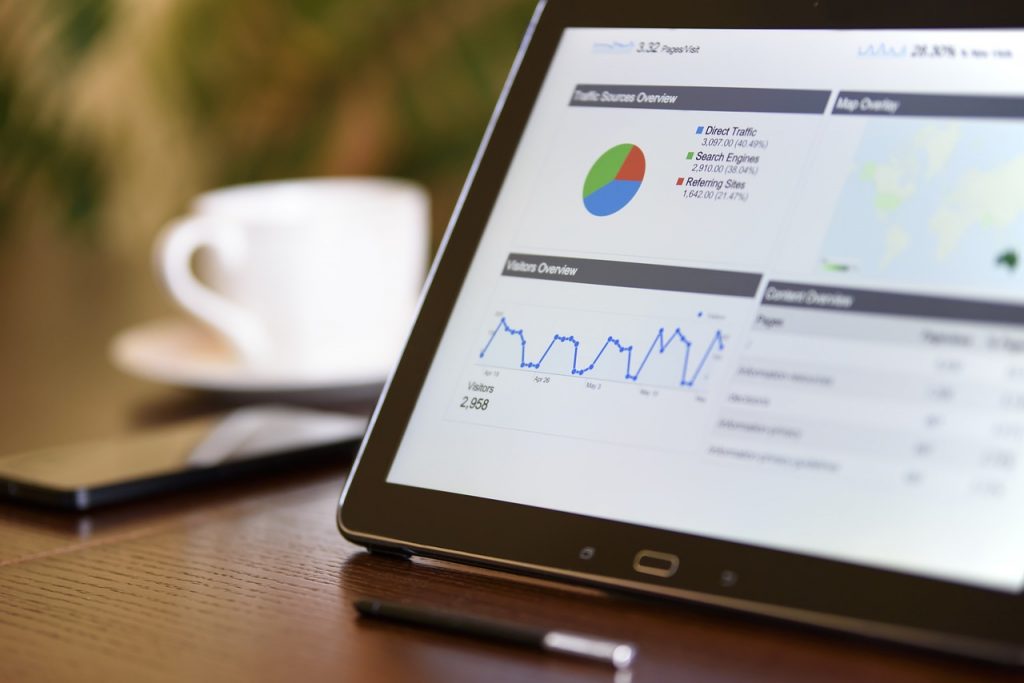I feel a little churlish bringing this up, as I have to acknowledge that huge progress has been made in establishing robust and reliable metrics for Carbon emissions over the last few years. The work done by the TCFD team is particularly noteworthy, not just for cutting through the usual obfuscation and excuses to define a reporting standard in record time, but for getting wide acceptance for their process across governments and private sector organisations. This is reflected in the Streamlined Energy & Carbon Reporting (SECR) guidelines applied by the UK Government.
Nevertheless, my beef is with the energy being spent arguing over retrospective data rather than forward looking action planning.
Where the current annual reporting requirements get us, is to a position which is equivalent to trying to run a business by reviewing the annual statutory accounts. Firstly the data is up to 18 months old by the time it is reviewed and any decisions taken are long gone with no thought to the Carbon impact. Secondly there is no granularity so it is impossible to see what the Carbon impact was of different business activities.
What is needed is to bring Carbon as a parameter into everyday operational decisions:

This requires a high level of visibility of the Carbon impact of organizational activities, where each regular activity has been assessed and a Carbon impact defined that can then feed this decision making process.
All of this leads to Carbon reduction as continuous improvement around the classic cycle:

Currently the measurements are annual, planning takes years and the actions can only be assessed long after the decisions were taken. As we move from the first low hanging fruit of large capital projects – installing PV, new heating systems, major insulation upgrades – this cycle needs to turn quarterly or even monthly to be effective.
This is directly equivalent to the financial management of an operation – “we have overspent this month, can we claw it back next month?” is where we need to be, not “we overspent last year, oh dear!” which is the inevitable consequence of the retrospective annual approach to Carbon reporting.
The tools to enable this change in operational control are being developed. SAP are the first major ERP to launch a Carbon tool. This was formally announced in June 2020 with an initial focus on product analytics and periodic Carbon reporting. Independent ERP application consultants, Gradient Consulting have summarised the need for ERP data to drive sustainability reporting in a blog which presents the position very clearly.
This approach to Carbon tracking needs to be driven down through the supply chain and product Carbon lifecycle assessment (LCA) is a key part of this process. Again, tool sets are now available to support effective Carbon LCA such as Umberto and GaBi whose approach to “libraries” of algorithms shows how these tools are developing across a wide range of sectors.
All of these tools enable the inclusion of Carbon as a parameter to be embedded in operational processes and this is where the systemic and sustainable reductions will be seen. To illustrate the point, consider the example of a routine maintenance task – changing a filter.
A service operative visits a site and changes the air filter. Assessing Carbon from the operative’s transport from depot to site and back is easy and may, for example, indicate a switch to electric vans. The Carbon embodied in the new filter – both material and logistics is more difficult and requires reporting from the supplier. The Carbon for disposal of the old filter is even more of an issue. If the filter can be 100% recycled, the Carbon is offloaded and can be claimed back. If it goes to landfill, the Carbon is retained. However if this is a hospital site and the filter goes to incineration, the Carbon is released to the atmosphere. If Carbon were a factor driving decisions, in the above case the organization would be encouraged to find an infection secure route to recycle. Today there are massive Carbon emissions from one time use plastics in the medical industry.
© John Moore 2020Note: this article is the fourth of a series on barriers to net-zero Carbon and is intended as a debate initiator.

